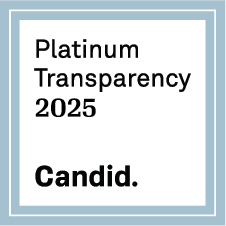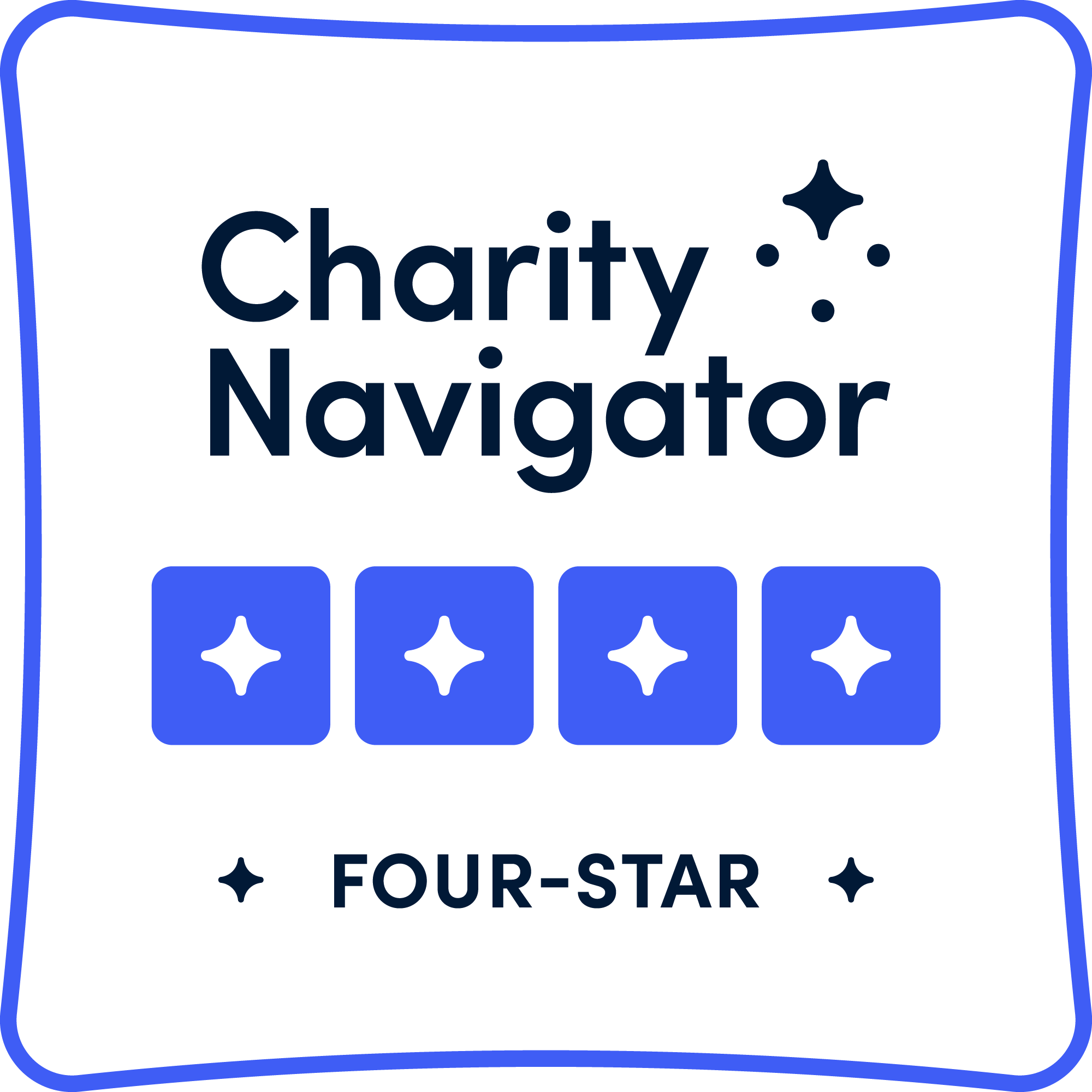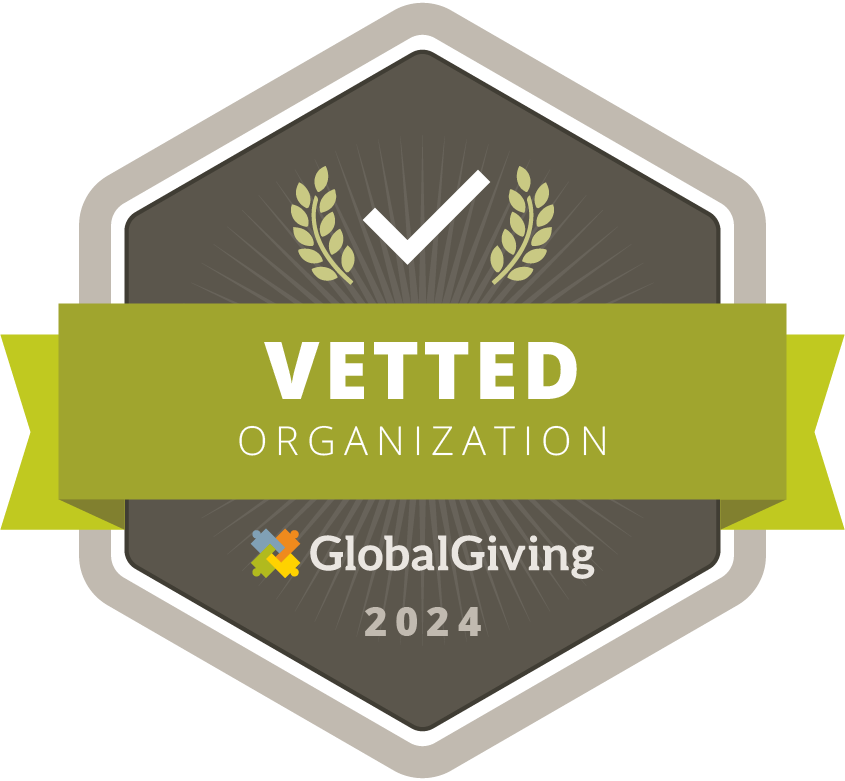World Sight Day 2017
On October 12 HCP celebrated World Sight Day through supported events in Ethiopia, Nepal and Ghana
World Sight Day (WSD) is an international day of awareness, held annually on the second Thursday of October to focus attention on the global issue of avoidable blindness and visual impairment. Coordinated by the International Agency for the Prevention of Blindness (IAPB), WSD is supported by over 150 IAPB member organizations, which include every major eye care NGO in the world, ophthalmology and optometry professionals, teaching hospitals and corporations, who are all united in working together to eliminate avoidable blindness and visual impairment. This year’s theme was Make Vision Count and included a photo competition.

In Ethiopia, HCP worked with the Federal Ministry of Health and based our WSD celebrations at Jimma University. Eye health awareness was promoted through radio, flyers, press releases and press conference. Community mobilization and awareness raising activities through an educational musical performance by Jimma Town, Shenon Gibe band, Circus Jimma & school health clubs. Students wearing WSD t-shirts featuring WSD motto "ለዓይናችን ዋጋ እንስጥ" (Amharic) performed a musical and dramatic show at Jimma University. Additionally, HCP supported a high-volume outreach at Woldiya Hospital where 953 sight restoring surgeries were performed.

In Ghana, we supported eye health promotions through television and radio advertisements for awareness. In addition to messaging we conducted screenings in the Ashanti and Volta regions of Ghana then provided surgeries to those screened. We also had an official WSD celebration event in Accra, with t-shirts, banners and flyers that were made and distributed.

In Nepal, the Tilganga Institute of Ophthalmology (TIO) spearheaded HCP WSD efforts. They offered free registration services were provided to patients at Tilganga surgical center and in Community Eye Centers. For messaging, Tilganga released eye health and WSD public service announcements providing awareness through radio broadcasts and robust media outreach. Promotional materials were made and distributed at Tilganga and throughout the community for display in public places. A rally and mass address was also held at Community Eye Hospitals and Community Eye Centers.

Additionally, on WSD the Lancet Global Health published a new paper by the Vision Loss Expert Group (VLEG), which states 253 million people worldwide suffering from blindness or impaired vision, 80% have treatable or preventable conditions 65.2 million of which are from cataracts. This information and more is included in IAPB’s Vision Atlas, which was also release on WSD. According to their website, the IAPB Vision Atlas’ purpose is to help eye care organisations, ministries of health, policy makers and eye health advocates compare vision impairment trends over time and in different parts of the world. The Atlas will also help track countries making progress, and those that are falling behind.

WSD comes but once a year, but the message rings true no matter what the day, we can convince the world that we need to step up efforts to improve eye care and access to eye care around the globe.



